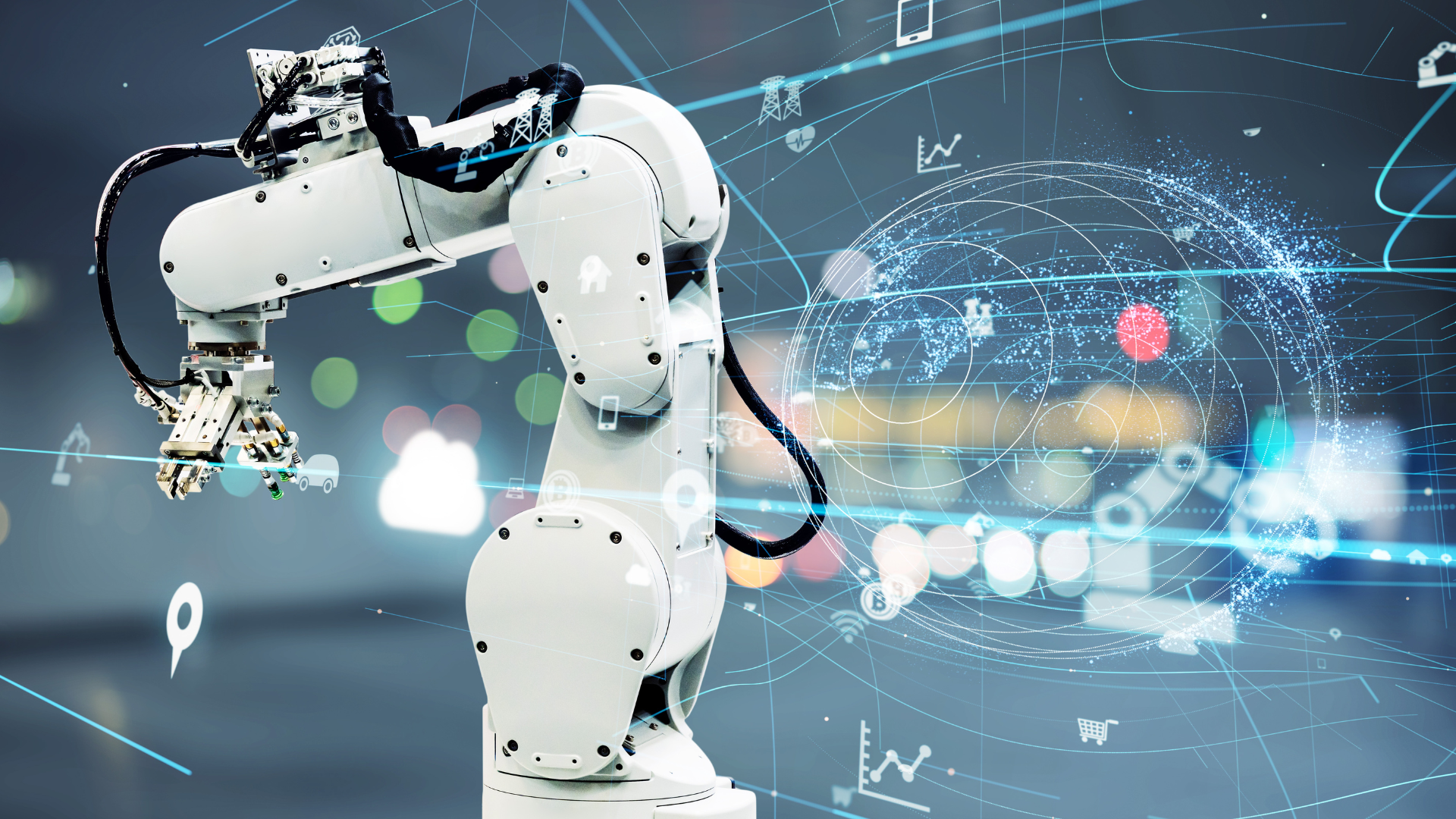As we advance through 2024, industrial automation continues to evolve at a rapid pace, driven by innovations in robotics, safety, motion, and automation products. Staying ahead of these trends is crucial to leveraging new technologies effectively and meeting the ever-growing demands of modern manufacturing and production.
Robotics: The Rise of Collaborative and Autonomous Systems
Robots are becoming more intelligent, versatile, and user-friendly. In 2024, the trend of collaborative robots (cobots), offered by GCG through Yaskawa Motoman and Doosan, continues to gain momentum. Cobots are designed to work alongside human workers, enhancing productivity and ensuring safety. Advances in artificial intelligence (AI) robot peripherals—such as the vision systems offered by Apera AI, enable robots to learn and adapt to various tasks, reducing setup times and increasing flexibility on the shop floor.
Another significant trend is the deployment of autonomous mobile robots (AMRs) such as MiR—GCG’s leading line of AMRs. Unlike traditional automated guided vehicles (AGVs), AMRs use sophisticated sensors and AI to navigate dynamically, making them ideal for environments that require high levels of flexibility and adaptability. These robots can transport materials efficiently, optimize warehouse operations, and reduce labor costs as well as safety incidences involved with the use of Tuggers and Forklifts in manufacturing and warehouse operations.
Safety: Smart and Integrated Solutions
Safety is paramount in industrial settings, and 2024 sees the integration of smart safety systems becoming more prevalent. Advanced safety solutions now include real-time monitoring and analytics, enabling proactive maintenance and incident prevention. For instance, safety sensors and systems are now equipped with IoT capabilities, allowing them to communicate with central control systems and provide insights into potential hazards.
Furthermore, safety standards are evolving to accommodate these new technologies. Functional safety standards, such as ISO 13849 and IEC 61508, are being updated to address the complexities of integrating AI and ML into safety systems. Engineers need to be aware of these changes to ensure compliance and optimize safety protocols. GCG offers numerous products and solutions that increase safety within a facility.
Motion Control: Precision and Efficiency
Motion control technology is at the heart of many automation applications, and recent advancements are pushing the boundaries of precision and efficiency. High-performance servo motors (such as Siemens SINAMICS servo drive systems) are becoming more compact and energy-efficient, allowing for precise control of speed, position, and torque in various applications.
2024 also sees the increased use of advanced motion control algorithms and digital twins. Siemens’ digital twins—virtual replicas of physical systems—allow engineers to simulate and optimize motion control systems before actual deployment. This not only reduces the time and cost of system integration but also enhances performance and reliability.
Automation Products: Interconnectivity and Flexibility
The automation products sector is witnessing a surge in interconnectivity, driven by the Industrial Internet of Things (IIoT). IIoT-enabled devices can communicate seamlessly, providing a holistic view of the production process and enabling data-driven decision-making. Engineers can now leverage edge computing to process data locally, reducing latency and enhancing real-time control.
Moreover, modular automation solutions are gaining popularity. These systems allow for easy reconfiguration and scalability, accommodating changing production needs without extensive downtime or retooling. This flexibility is particularly beneficial in industries where product lifecycles are short, and customization is key.
Future Outlook: Integration and Intelligence
Looking ahead, the future of industrial automation lies in deeper integration and increased intelligence. AI and ML will continue to play a pivotal role, driving advancements in predictive maintenance, quality control, and process optimization. As more devices become interconnected, the focus will shift towards creating unified, intelligent ecosystems that can self-optimize and adapt to varying conditions.
Understanding the technical nuances and practical applications of emerging technologies will be crucial in navigating the future of industrial automation.
2024 continues to be a transformative year, with significant advancements in robotics, safety, motion control, automation products and much more. Embracing these trends will not only enhance operational efficiency but also pave the way for a smarter, more connected industrial future.

